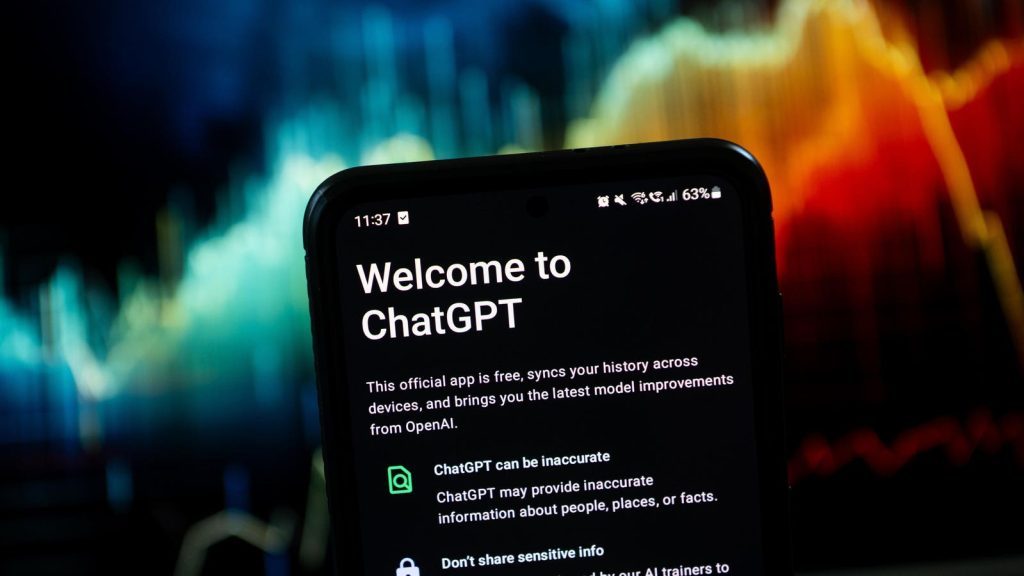Inside OpenAI’s Ambitious AI Education Academy
SOPA Images/LightRocket via Getty Images
OpenAI has just quietly turned its Academy into a training space for anyone with a question about AI. There are sessions designed for teachers and students, job seekers and small business owners.
The online platform launched this week with one goal in mind: make AI education free, flexible and widely accessible. And this time, the company isn’t just targeting tech workers. It’s speaking to the rest of us.
The platform includes tutorials, real-life case studies, hands-on exercises and self-paced professional development modules. Everything is free and it is designed to be practical.
This is the latest in a series of announcements by AI companies to further penetrate the education space. Last week, OpenAI made ChatGPT Plus free to all college students until the end of May and Anthropic launched Claude for Education, a version of its AI assistant tailored for universities.
Community & Accessibility
The AI tech giant is not just creating content. It is also focusing on community. The Academy now hosts spaces where learners can connect, discuss and collaborate. For educators familiar with professional learning communities, the model will feel familiar.
What stands out is how the Academy is being used. Colleges are integrating it into their curriculum. Nonprofits are tailoring it to serve marginalized communities. Workforce centers are using it to train career advisors on how AI can support job seekers. These partnerships matter. They make the platform more than just a digital library. They make it adaptable. Relevant. Local.
There’s also a growing focus on accessibility. OpenAI is working to translate its content into multiple languages and expand partnerships across Latin America and Asia. This is important. AI isn’t a Western technology. It’s global. And the ability to understand and use it should be global, too.
The AI Education Race
Of course, OpenAI isn’t the only one pushing into education. Google’s “Grow with Google” initiative and Microsoft’s AI learning tracks are also growing fast. These platforms are building around their own tools of Gemini and Copilot. Tech companies now see education as a core responsibility.
That brings up questions worth asking. Can AI literacy be truly neutral when it’s delivered by the companies that build the tools? Are we teaching people to think critically about AI or just training them to use it?
What’s undeniable is that AI is moving away from niche audiences. It’s part of how students write essays, how teachers plan lessons, how job seekers craft CVs. It’s everywhere. The need for education on how to use AI well is urgent.
Some schools are still asking if AI should be in classrooms. That’s no longer the right question. It’s here. It’s in the tools students already use. The question now is whether we’re doing enough to help people understand it.
OpenAI’s new Academy doesn’t solve that challenge. But it makes a serious attempt to meet it.
It’s not just a learning platform. It’s a signal. A statement that AI education is not a luxury. It’s basic infrastructure.
Now it’s up to educators, communities and learners to take the lead.

